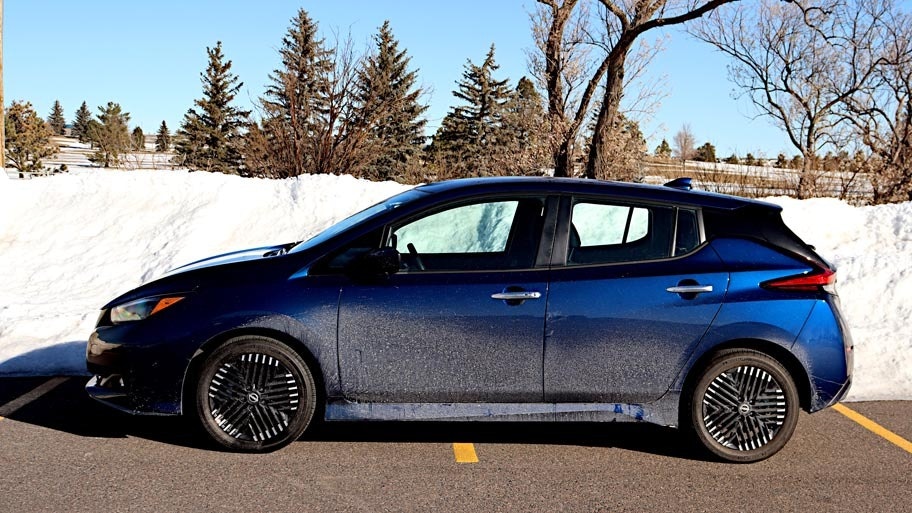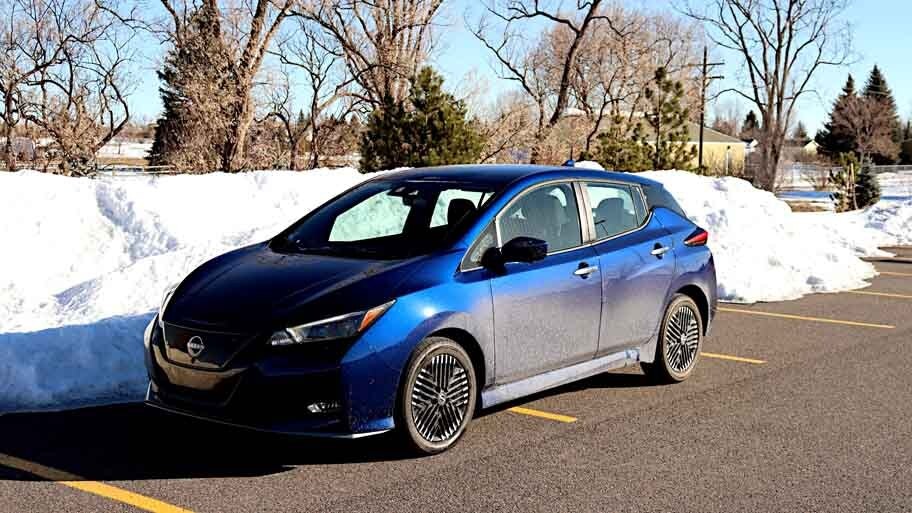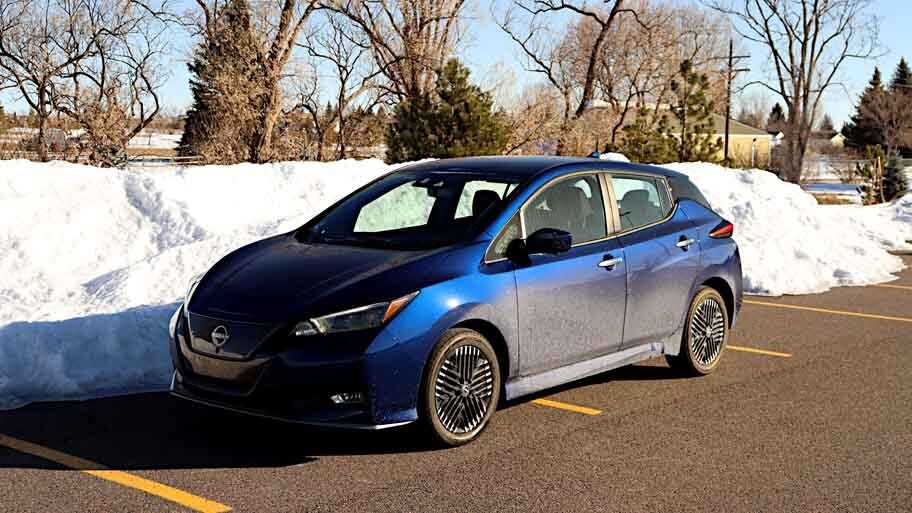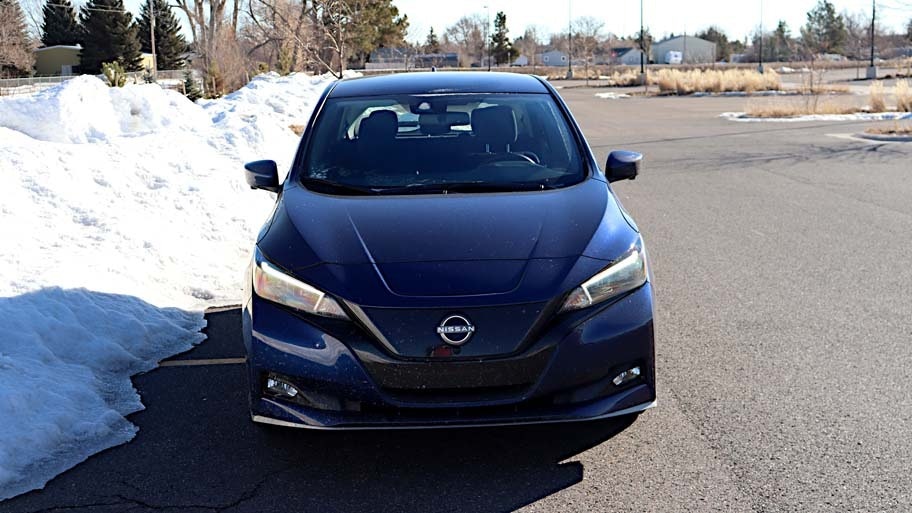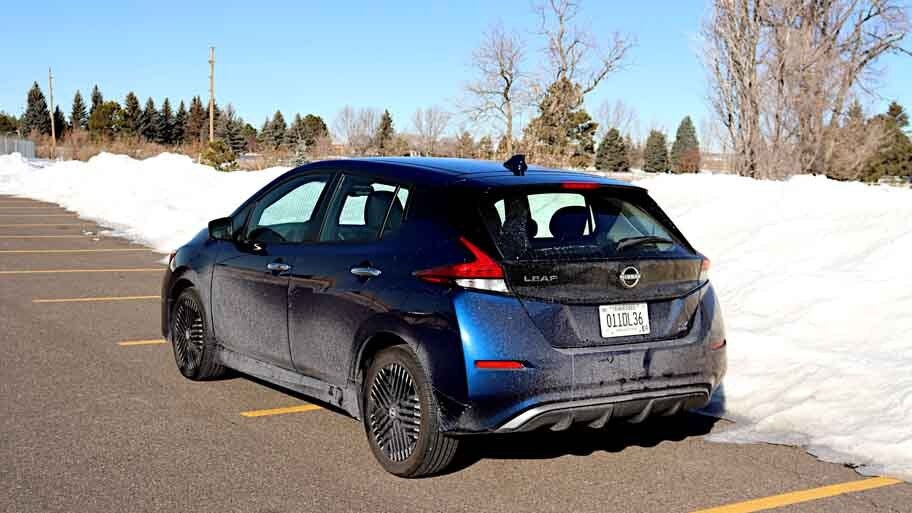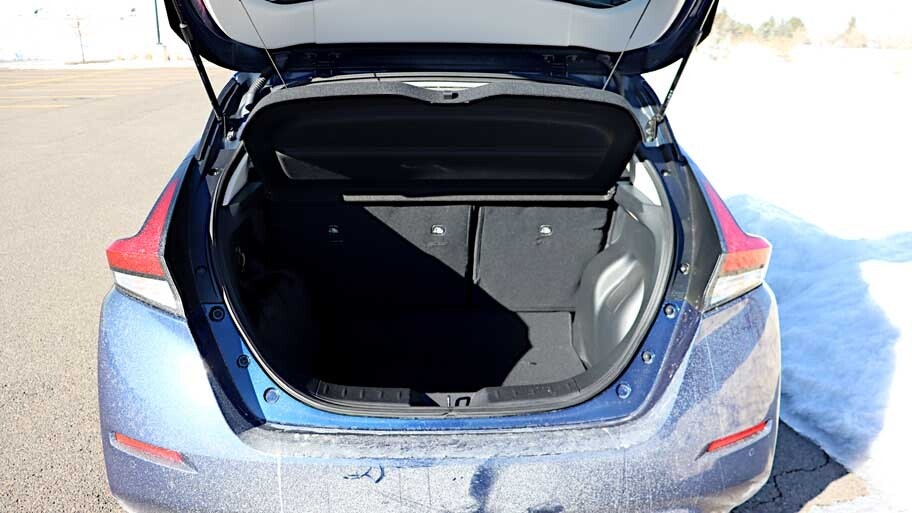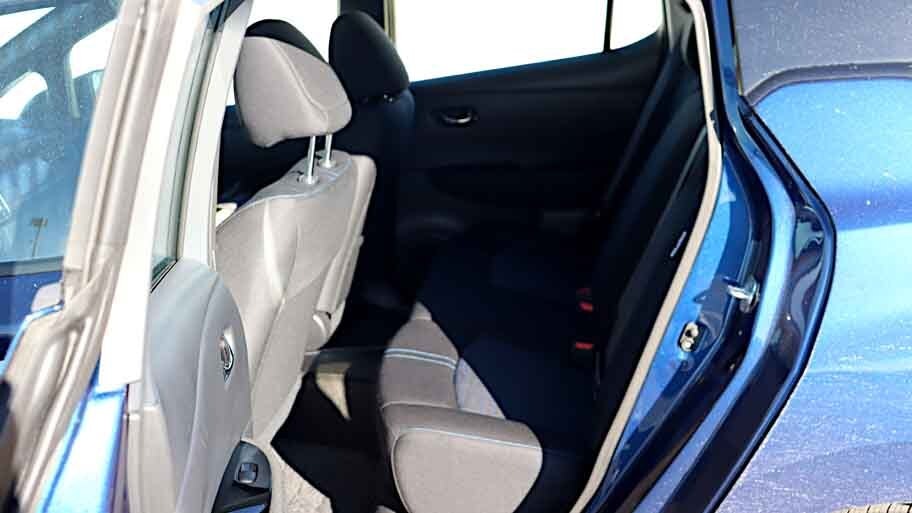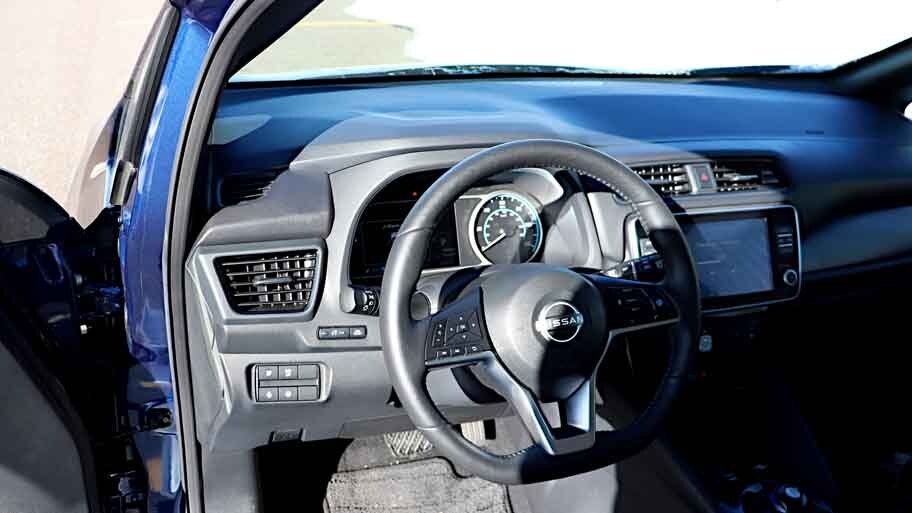Your kneejerk reaction to an electric car aside, the Nissan LEAF is the longest in production, most affordable and most realistic electric car.
Made in Tennessee, the LEAF is now in its second generation and offers what many people actually need. And it has a use in Wyoming, despite what naysayers will claim.
Way before electric cars were “cool,” the Nissan LEAF was one of the only options for a production EV from a mainstream manufacturer.
Initially, it had a short battery range, making its potential for most common use as a commuter-specific vehicle for those needing a cheaper alternative for transportation. The LEAF was a simple hatchback model with seating for five and a useful amount of cargo space. It was cheap, easy to maintain and had no frills, including few places to put your spit cup.
Fast forward to today and the second-generation LEAF has evolved, but keeps most of those core values.
Its range has greatly improved thanks to battery design improvements and cost reductions, and it has a nicer interior.
But it remains the affordable, everyman car it’s always been. On that front, it still has almost no competition in the real world. (In this case, the “real world” meaning that it is actually available to the public and easily found for purchase in reality.)
The most obvious change to the new-generation LEAF is its look. It’s now more contemporary with other compact hatchbacks on the market, with only the large “fuel port” on the nose being a giveaway about its EV roots. For 2023, Nissan changed things further to give a little more “car” to the front end.
Also new this year is a lineup change to simplify purchase. The five trim levels offered in the past are reduced to two. This is accompanied by more options instead. The two trim levels now refer to the battery pack size rather than included equipment.
The LEAF S has a range of about 149 miles per charge and no DC fast charging options. The LEAF SV Plus has a larger battery pack and about 215 miles of range. It’s also got a lot more horsepower, boosted from 147 to 214.
In the real world driving here in Wyoming, the actual range of the SV Plus model of the Nissan LEAF is about 220 miles per charge if you’re mostly driving at lower speeds (45 mph and under). Above that at highway speeds, the range will vary according to several factors, but most should be able to hit in the area of 180 miles per charge in all but the worst of driving conditions (heavier crosswinds) – even with all-season tires. For those who can use a vehicle like this, that’s plenty.
A lot of Nissan LEAFs are bought by households as a second or third vehicle. As I mentioned in the analysis of use cases for an EV in Wyoming, this is a primary scenario for the car.
Used as a commuter, one can drive from home to work and back for a few pennies instead of a few dollars. Many commuters going from Laramie to Cheyenne, Cheyenne to Fort Collins, etc. are finding the LEAF to be a great choice. And for running around town to get errands done and buy some groceries, it’s also a great fit.
At current electricity prices, you’ll pay about $3 for 100 miles of driving in the LEAF. That’s less than a can of Skoal.
The interior of the LEAF isn’t as fancy as a High Country or a Longhorn, but this isn’t an $80,000 truck either. Instead, it’s a simple vehicle that is comfortable and well-designed, but not fancy or full of wannabe saddle leather and extra holders for your spit cup.
While the LEAF may not be entirely spit-cup ready, it is definitely ready for prime time as an everyday driver.
If you think about it, the LEAF would allow you to afford the huge amounts of fuel required for your truck, trailer, rolling coal chipset and other stuff you use for its given purpose only occasionally. Given the number of empty pickups I see cruising around, it’s not like trucks are really used daily as actual work trucks.
So give the LEAF a chance. Maybe you can save a few bucks. Buy some extra bad habits in a can as a result. I’ve seen people in cowboy hats driving around in Ford Focuses, so it can’t be the car’s size that’s throwing them off.
Aaron Turpen is an automotive journalist living in Cheyenne, Wyoming. His background includes commercial transportation, computer science and a lot of adventures that begin with the phrase “the law is a pretty good suggestion, I guess.” His automotive focus is on consumer interest and both electronic and engineering technology. Turpen is a longtime writer for Car Talk and New Atlas.


